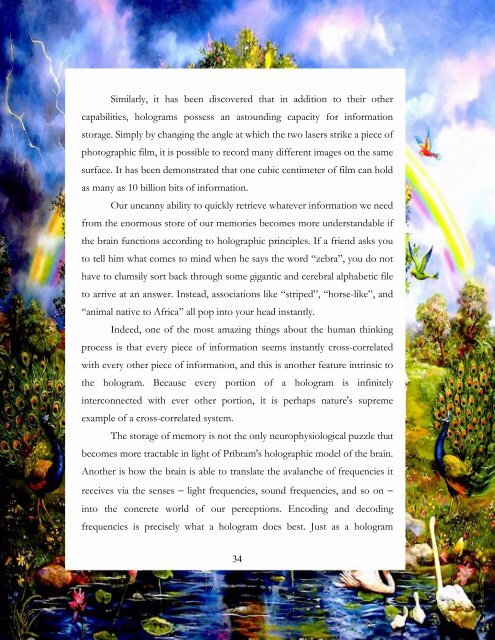Returning to Goloka
The Earth is on course for an Extinction Level Event (ELE) that will cause massive global destruction and loss of life for more than 90% of the world’s population. The scientific and circumstantial evidence is overwhelming that such an event is on the horizon, and we would be wrong to ignore it when there is a viable solution for comfortable survival and prosperity. This book is for those who are destined to reach the other side of this disaster and be among the first generation of a world that will literally be the start of a new age for Mankind.
The Earth is on course for an Extinction Level Event (ELE) that will
cause massive global destruction and loss of life for more than 90% of the
world’s population. The scientific and circumstantial evidence is
overwhelming that such an event is on the horizon, and we would be wrong
to ignore it when there is a viable solution for comfortable survival and
prosperity. This book is for those who are destined to reach the other side of
this disaster and be among the first generation of a world that will literally be
the start of a new age for Mankind.
Create successful ePaper yourself
Turn your PDF publications into a flip-book with our unique Google optimized e-Paper software.
Similarly, it has been discovered that in addition <strong>to</strong> their other<br />
capabilities, holograms possess an as<strong>to</strong>unding capacity for information<br />
s<strong>to</strong>rage. Simply by changing the angle at which the two lasers strike a piece of<br />
pho<strong>to</strong>graphic film, it is possible <strong>to</strong> record many different images on the same<br />
surface. It has been demonstrated that one cubic centimeter of film can hold<br />
as many as 10 billion bits of information.<br />
Our uncanny ability <strong>to</strong> quickly retrieve whatever information we need<br />
from the enormous s<strong>to</strong>re of our memories becomes more understandable if<br />
the brain functions according <strong>to</strong> holographic principles. If a friend asks you<br />
<strong>to</strong> tell him what comes <strong>to</strong> mind when he says the word “zebra”, you do not<br />
have <strong>to</strong> clumsily sort back through some gigantic and cerebral alphabetic file<br />
<strong>to</strong> arrive at an answer. Instead, associations like “striped”, “horse-like”, and<br />
“animal native <strong>to</strong> Africa” all pop in<strong>to</strong> your head instantly.<br />
Indeed, one of the most amazing things about the human thinking<br />
process is that every piece of information seems instantly cross-correlated<br />
with every other piece of information, and this is another feature intrinsic <strong>to</strong><br />
the hologram. Because every portion of a hologram is infinitely<br />
interconnected with ever other portion, it is perhaps nature's supreme<br />
example of a cross-correlated system.<br />
The s<strong>to</strong>rage of memory is not the only neurophysiological puzzle that<br />
becomes more tractable in light of Pribram's holographic model of the brain.<br />
Another is how the brain is able <strong>to</strong> translate the avalanche of frequencies it<br />
receives via the senses − light frequencies, sound frequencies, and so on −<br />
in<strong>to</strong> the concrete world of our perceptions. Encoding and decoding<br />
frequencies is precisely what a hologram does best. Just as a hologram<br />
34


